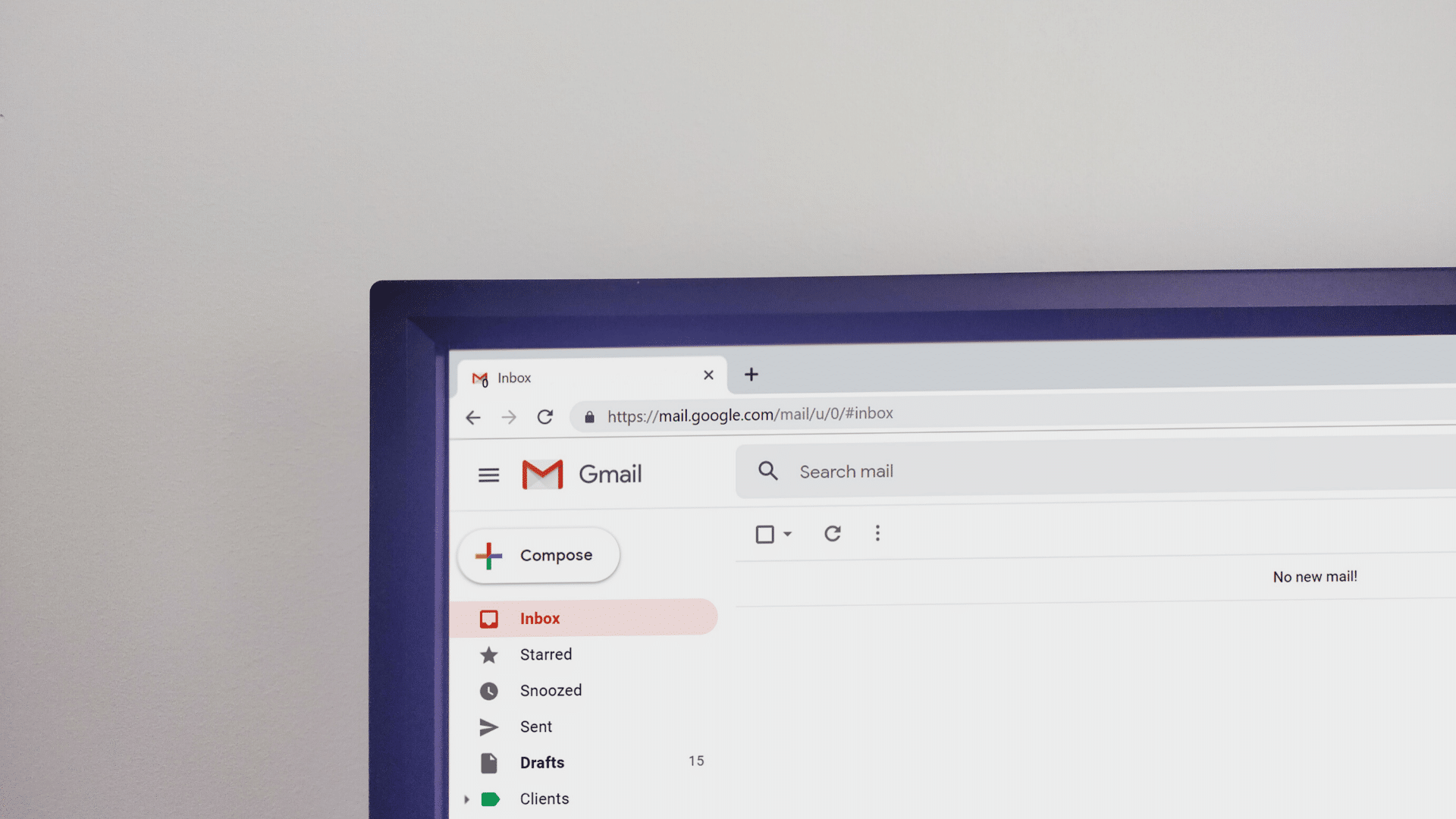
Using email as a channel for consumer communication seems like a simple way to dive into the digital revolution, but internet service providers (ISPs) actively develop tools to combat spam and abuse.
You may have the best intentions, but these service providers want to help consumers feel like they are protected which means blacklisting and filtering out junk mail. Unfortunately, emails sent by the untrained email sender can veer dangerously close to junk.
This can make breaking into emailing consumers difficult, but it makes sending emails by the thousands (and millions) impossible without building email infrastructure that is sustainable and scalable. Establishing that infrastructure begins with recognizing the challenges you might face and then considering how to best confront them.
Why scaling email infrastructure is difficult
Email communication is heavily regulated by automated filters and systems in a way that more manual forms of communication aren’t. Cell service providers, for example, do not have nearly as much control over the volume or quality of calls that their customers receive.
ISPs have dedicated engineers that design algorithms to keep their users happy, engaged, and protected from malicious senders, and an inbox packed with spam mail makes for a poor user experience. These algorithms are not perfect, and when they are designed, they lean on the side of being more restrictive than less which can lead to some misunderstanding. They may accidentally filter out an email from a legitimate sender that, according to their understanding of what is deemed safe, seems suspicious.
To make matters more complicated, each ISP has unique criteria that serve as the basis of their filtering rules. An email that is flagged as spam by Google could land safely in a Yahoo Mail inbox and vice versa. These rules are also constantly changing and updating to fight back against more advanced scammers making it impossible to create a one-and-done solution to properly sending emails at a massive scale.
Here are just a few things that spam filters analyze that you’ll need to consider:
- Content: What do your emails say? Do you have any suspicious attachments or links?
- Design: How do your emails look?
- Sending time: Did your email arrive at 4pm or 4am?
- Sending volume: How many of these emails did you send out at once?
- Sending frequency: How often are you trying to email people?
- Consumer engagement: Is anyone actually opening/clicking your emails?
Working to get all of these answers (and more) right is essential or you might find your email domain permanently blacklisted from one or all of the ISPs that you’re sending to. So what can you do to build a scalable infrastructure and work within these restraints?
How to successfully send email at scale
As we mentioned above, there isn’t necessarily a single, perfect solution for overcoming the innumerable hurdles to large-scale emailing. It takes dedicated and focused strategy to improve your long term inbox placement rates. Here are a few tips that our team keeps in mind as we continue to grow.
Create valuable content
The first step to making sure your emails are well-received by both users and ISP filters alike is creating the right content. Well-designed UX and carefully curated text are important, but it’s equally important that you steer clear of some phrases and keywords and trigger red flags.
Here’s a list of some spam trigger words that you might want to avoid!
Having a dedicated content team gives you the flexibility to create more personalized and more human messages that have a better chance at reaching your intended audience!
Talk to experts
We know we’ve been thorough, but fully understanding the challenges of sending email at scale isn’t something we can teach you in a few hundred words. TrueAccord has a full team of email deliverability experts on staff that can provide industry specific knowledge and know the ins-and-outs of different ISPs’ requirements.
They also regularly audit our deliverability rates so that we can iterate on our processes and improve and help segment our domains and IP addresses as we grow.
Segment domains and IP addresses
Thankfully, our email experts can help explain what that last bit means. Segmenting your domains simply means building different domains that you can email consumers from. For example, some of your emails may come from emails@companyA.com and others may come from emails@help.companyA.com. The same goes for segmenting IP addresses; you may send some of your emails from your main office and others from your satellite office.
This process can help to limit the risk to your brand’s reputation with ISPs as you are less likely to take a big hit if only one of your many email addresses makes a mistake (e.g. bouncing frequently, receiving a lot of spam complaints, having many of its emails remain unopened).
This process is intricate and methodical. Creating ten new domains can’t solve deliverability problems because brand new domains also lack authority. If an ISP’s filters see that a brand new email address is sending out 100,000 emails, it’s likely that it’ll be swept to the side. Which brings us to our next point!
Take it slow
Scaling your program too quickly is heavily penalized even among senders with high engagements. Many well-established companies that want to build a large scale email strategy with their existing customer base make this mistake, and sometimes there isn’t a way to fix it. Placing strict limits on email volume growth can help ensure that ISPs don’t flag your domain.
Track your data
Set your benchmarks, track your performance, and make changes as you go. Data is the life blood of a scalable email program. As you’ve seen, there’s a lot to keep track of, and if any segments of your strategy spring a leak, the ship might sink.
By frequently and carefully monitoring performance—from open and click rates to inboxing rates to bounce rates—you can maintain a full view of your email strategy and make improvements as you build.
No one has the power to flip a switch and send millions of emails per month without risk, but if you build slowly, you can lay the foundation for a successful email strategy. If you have any questions, let us know in the comments below!
TrueAccord sends 40x more emails and has up to 70% higher inboxing rates than other collection agencies. Chat with our team today to learn more about what that means for you!
